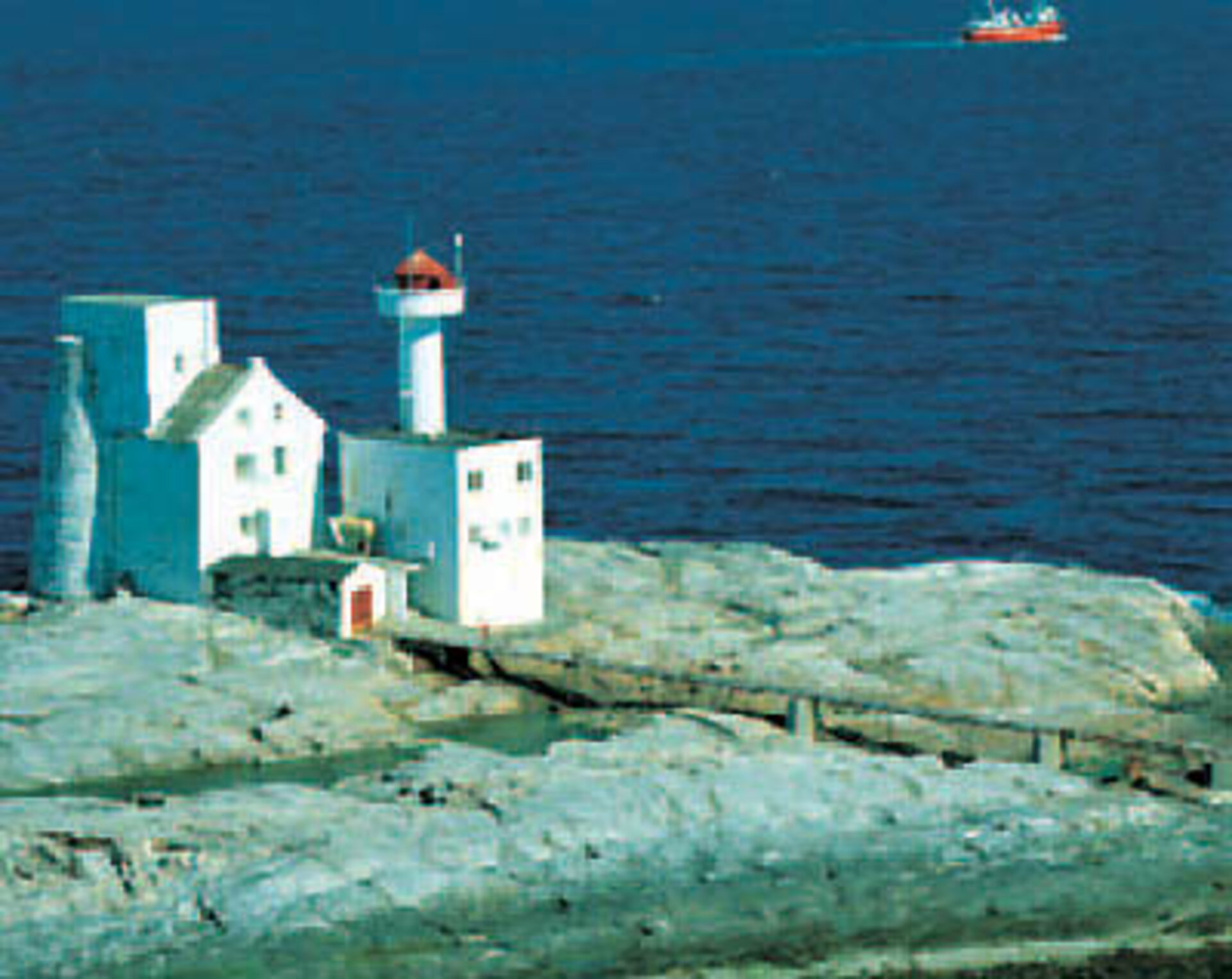On show: Safer Navigation in the fjords
Monitoring of marine operations in the farthest reaches of Norway's treacherous coastline could be made simpler and more accurate. A system on show next week aims to provide authorities with valuable information for tracking ships and cargo.
The technique will allow data from the European Geostationary Navigation Overlay Service (EGNOS) to be received under practically all conditions and in particular on board ships. The system will allow police, customs, military, search and rescue centres as well as coastal and harbour authorities to monitor traffic in their territorial waters.
EGNOS is an initiative of the European Space Agency (ESA), the European Commission and Eurocontrol. The system transmits a signal containing information on the reliability and accuracy of the positioning signals sent out by GPS and GLONASS navigation satellites. The guarantee of a certain level of performance means the service can be usable in safety-critical situations.

With the backing of ESA, Norway's Kongsberg-Seatex has developed a novel technique where the EGNOS signal is retransmitted to maritime users by use of the Automatic Identification System (AIS) - soon to be mandatory for most vessels. The system on show in Trondheim aims to overcome the reduced availability of signals in some areas due to physical obstructions or high latitudes.
Gaps in coverage are overcome using the EGNOS Terrestrial Regional Augmentation Networks (EGNOS TRAN) technique. Several applications exist including civil aviation, road and maritime transportation.
The infrastructure will be of benefit as it provides automatic vessel identification. Geographical coverage and positioning accuracy is better compared to radar. Collisions and environmental catastrophes can be more easily avoided with improved coordination and guidance of ship traffic. Additionally, messages on weather and water conditions, safety information and sailing plans can all be transferred electronically.
The event in Trondheim on 12 June will include presentations of the applications, a visit on the bridge of the MS Nordlys and a live demonstration as the vessel leaves the harbour. Anyone from the maritime industry wishing to participate should contact ESA.






